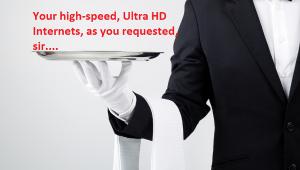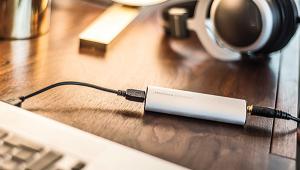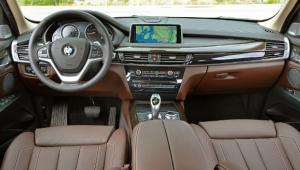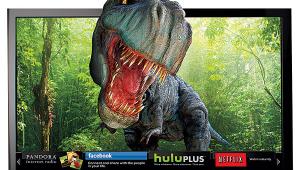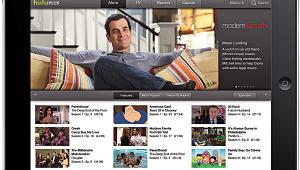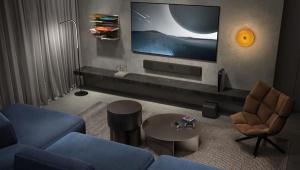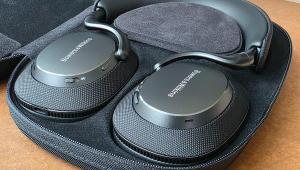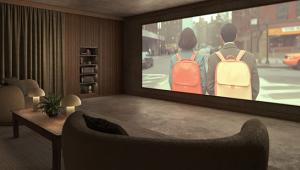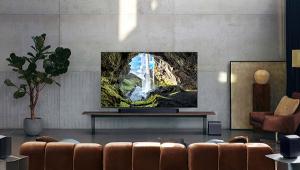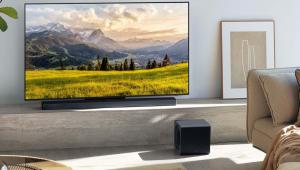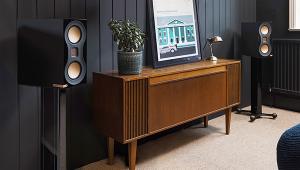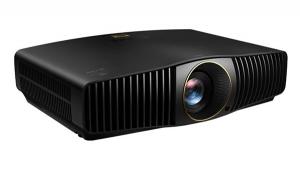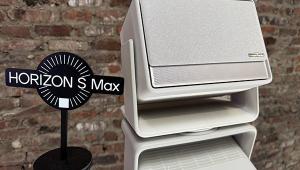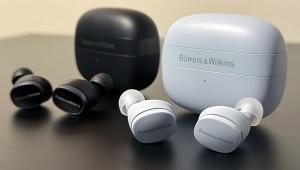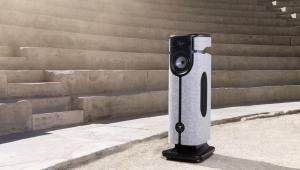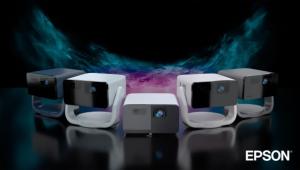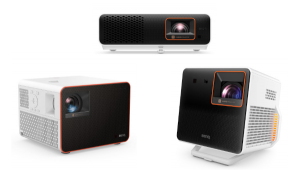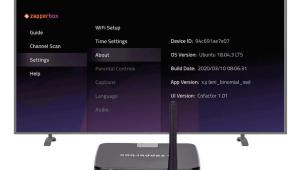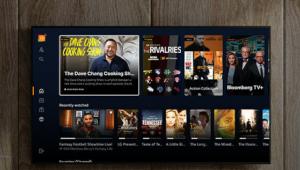Plasma vs. LCD Page 4
| Daylight Viewing |
Hard-core home theater nuts wouldn't dream of watching movies anywhere except in a dark room. But most "normal" people like to watch TV in a space with at least some light. And for those long Sunday afternoons spent watching sports, it's not unusual to have the curtains open and lamps on - the better to light your way to the fridge during commercials.
DK felt that the LCD did a better job in a well-lit room, mainly because its screen reflected less ambient light. To my eyes, the plasma's contrast range lessened and images looked dimmer when the lights went on. There was also an issue with screen glare on the plasma - light from nearby lamps bounced off its screen to an annoying degree. On the other hand, I agreed with DK that the LCD maintained picture contrast exceptionally well in a bright room, and screen glare wasn't a problem at all. Performance here, especially with glare, greatly depends on screen-surface treatments, which can vary among manufacturers and aren't technology dependent. Looking to the Daylight Viewing section of our scorecard, LCD beats plasma with a knockdown.
| Bottom Line |
The question of plasma or LCD's supremacy is one a lot of people are pondering these days as they look for a flat alternative to bulky TVs. Our test pitted only a single representative of each technology against each other, but the TVs we chose are prime examples of the models you'll find in stores. In this bout, plasma edged out LCD in overall video performance. It rated distinctly higher on Picture Uniformity and Color, but only slightly higher on Picture Detail and Contrast. Yet LCD won the round on Daylight Viewing. But this is only the first bout, so keep an eye on these pages for a plasma vs. LCD rematch.
| Lab Setup |
| |
| To level the playing field for the fairest image comparison, we calibrated the Sharp LC-376GDU and the Samsung HP-P3761 sets for optimum picture quality and tweaked them to look as similar as possible. The Sharp was difficult to calibrate, and I couldn't compensate for a greenish bias at the low end of its grayscale, which varied by an average of 315 K from the brightest to darkest measurable images. (In the range from 40 through 90 IRE, though, it varied by only 170 K.) The Samsung HP-P3761's grayscale was more linear, varying an average of 208 K from the brightest to darkest images. Because of differences in how the two sets handled brightness and color signals, they couldn't be adjusted to look identical on all program material. But the user controls were adjusted to get as close a match as possible using high-def test patterns and the Avia and Digital Video Essentials test DVDs. - Brian C. Fenton |

